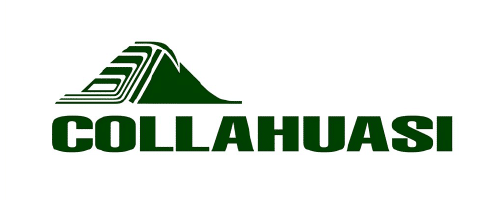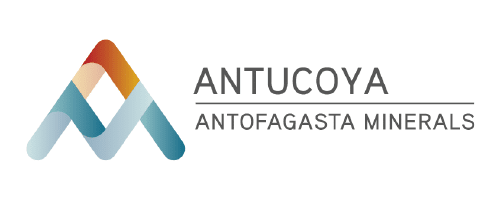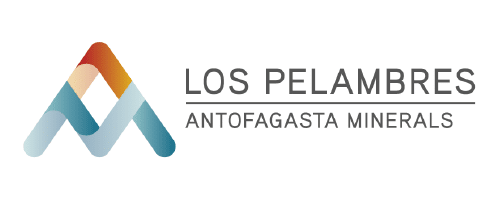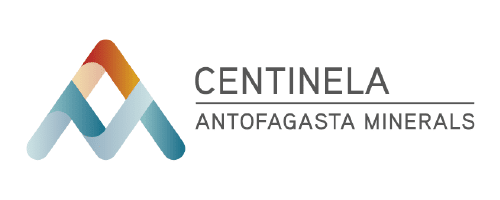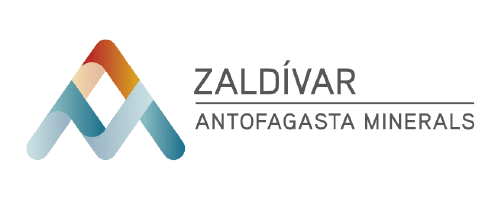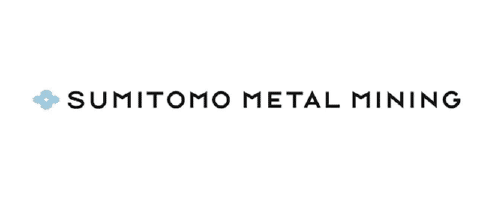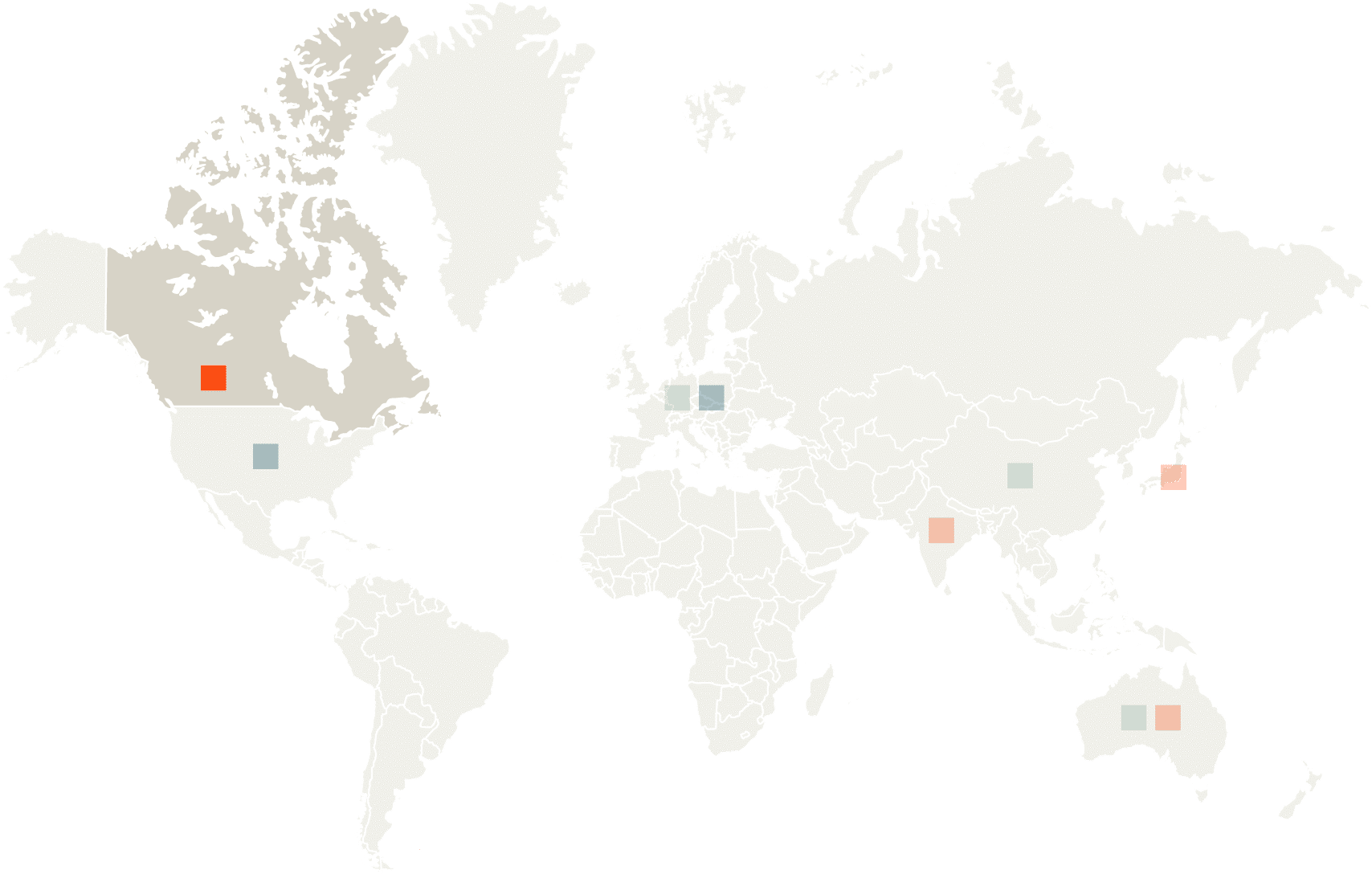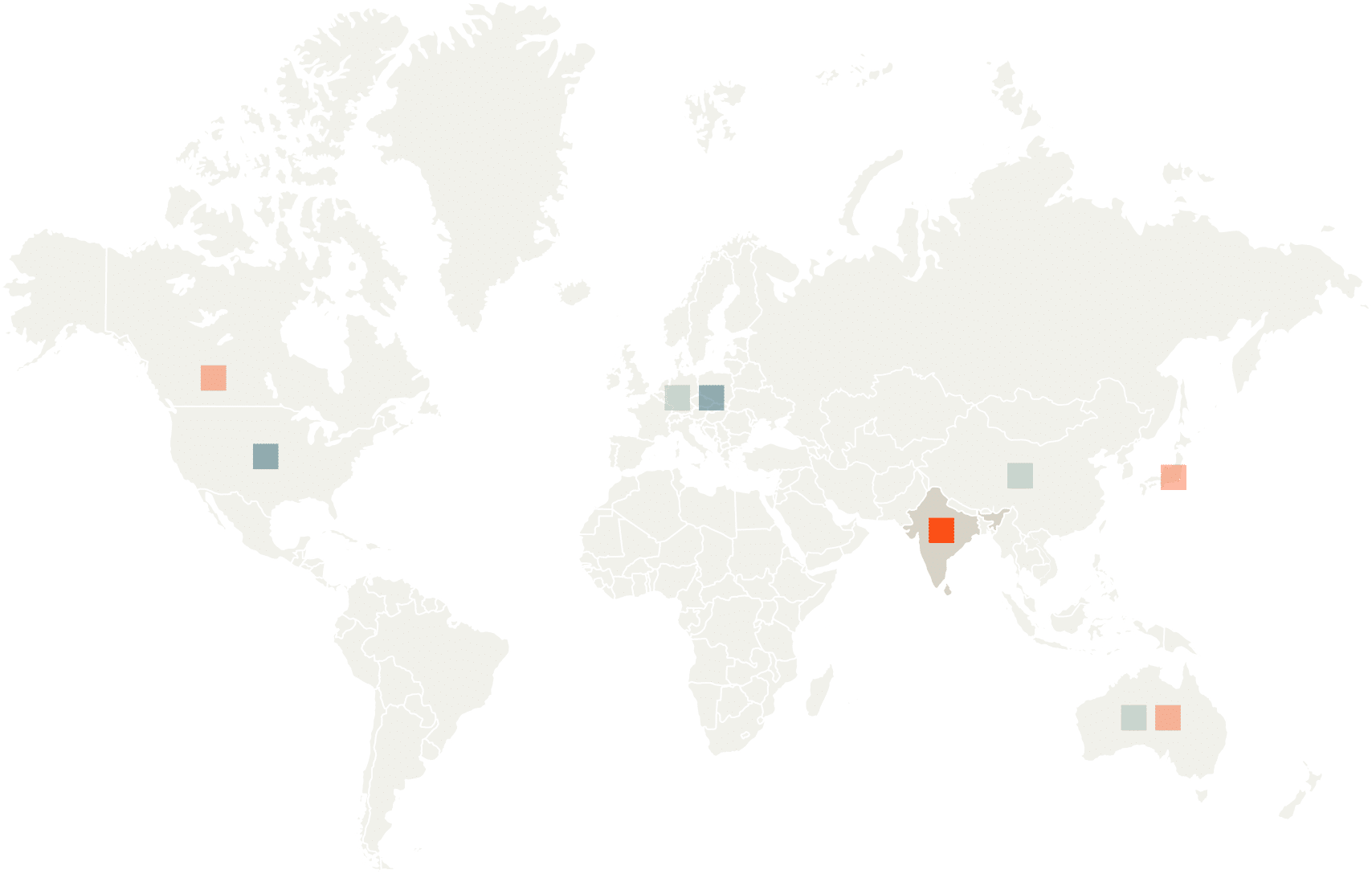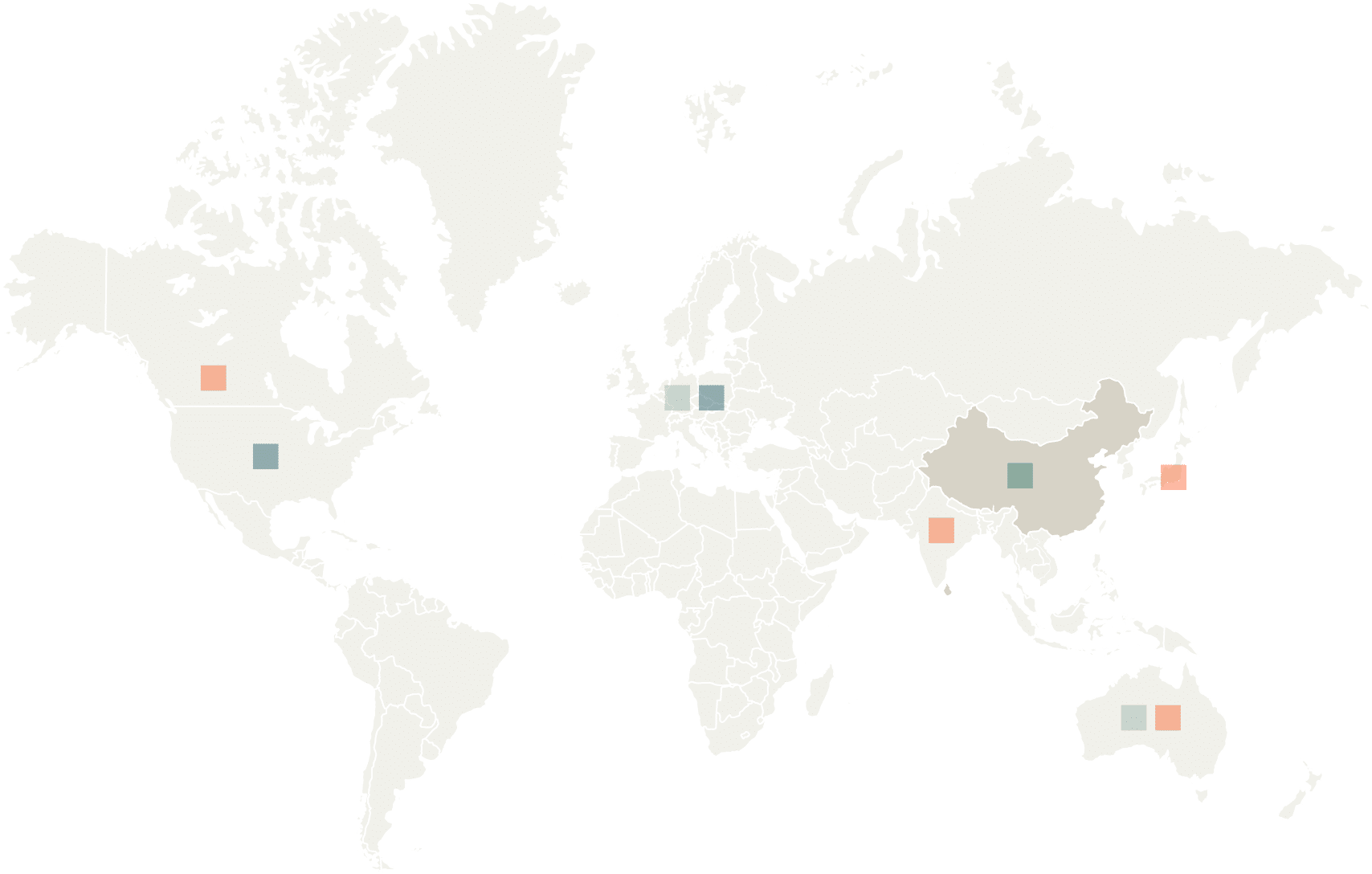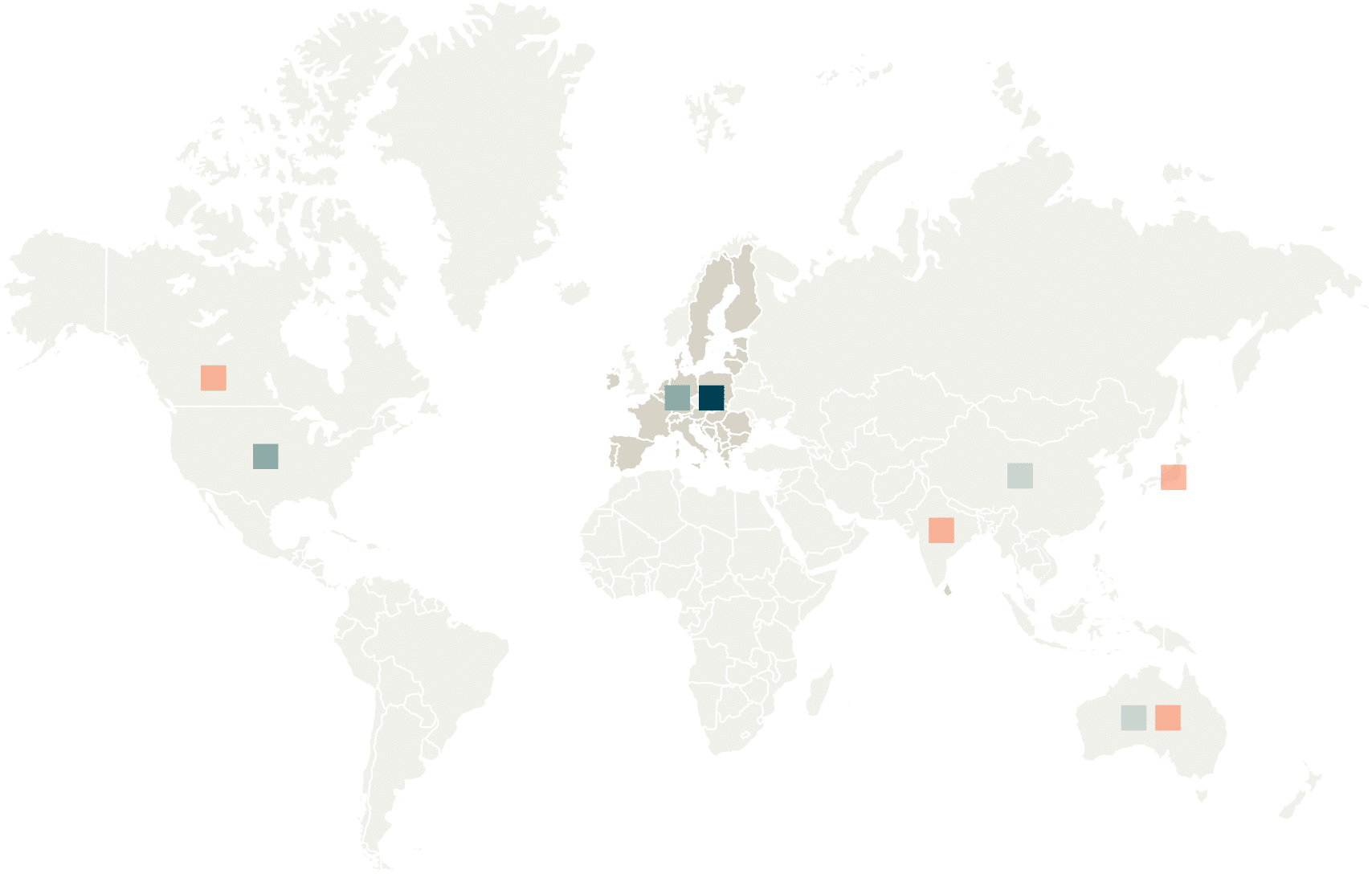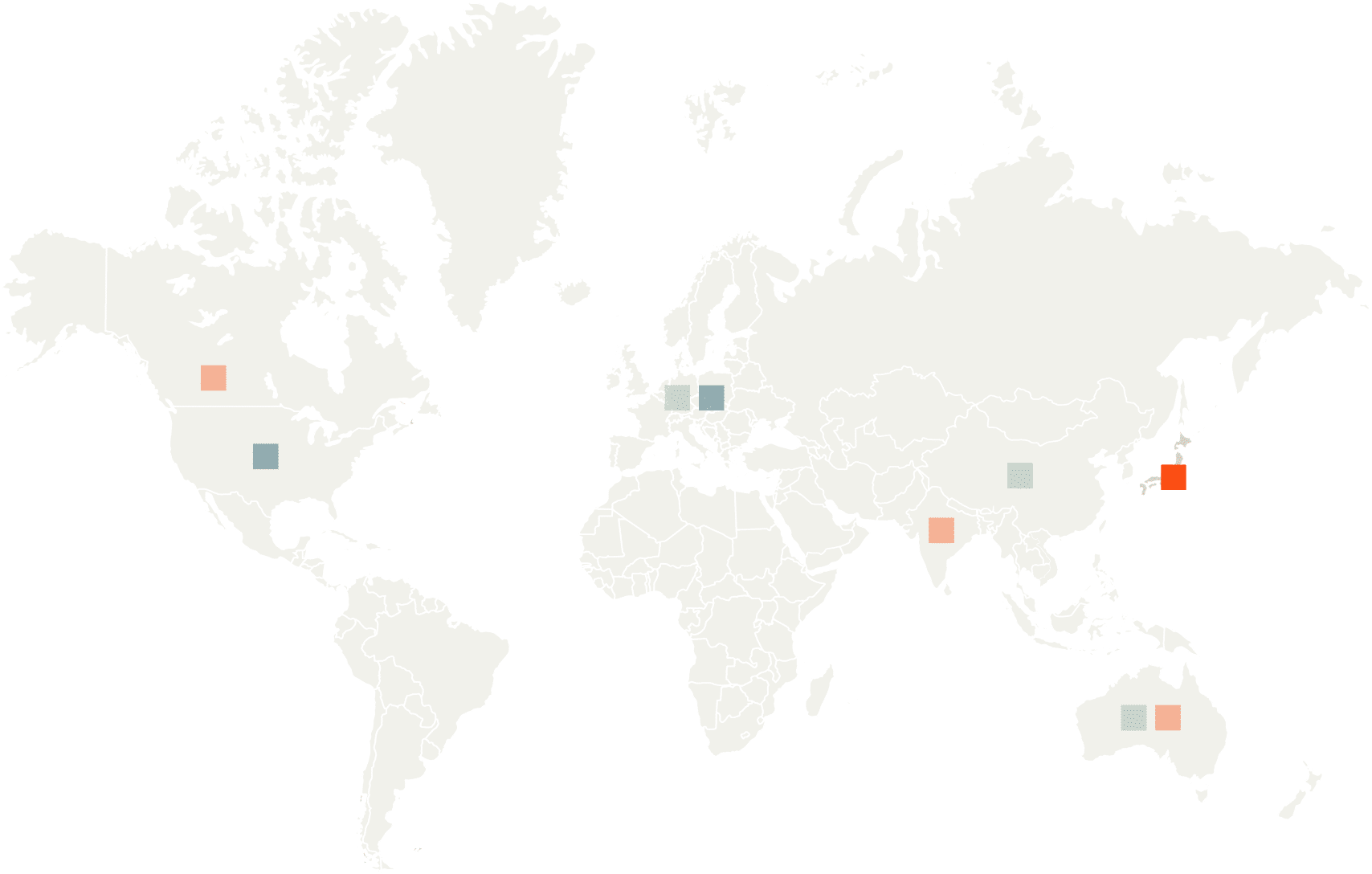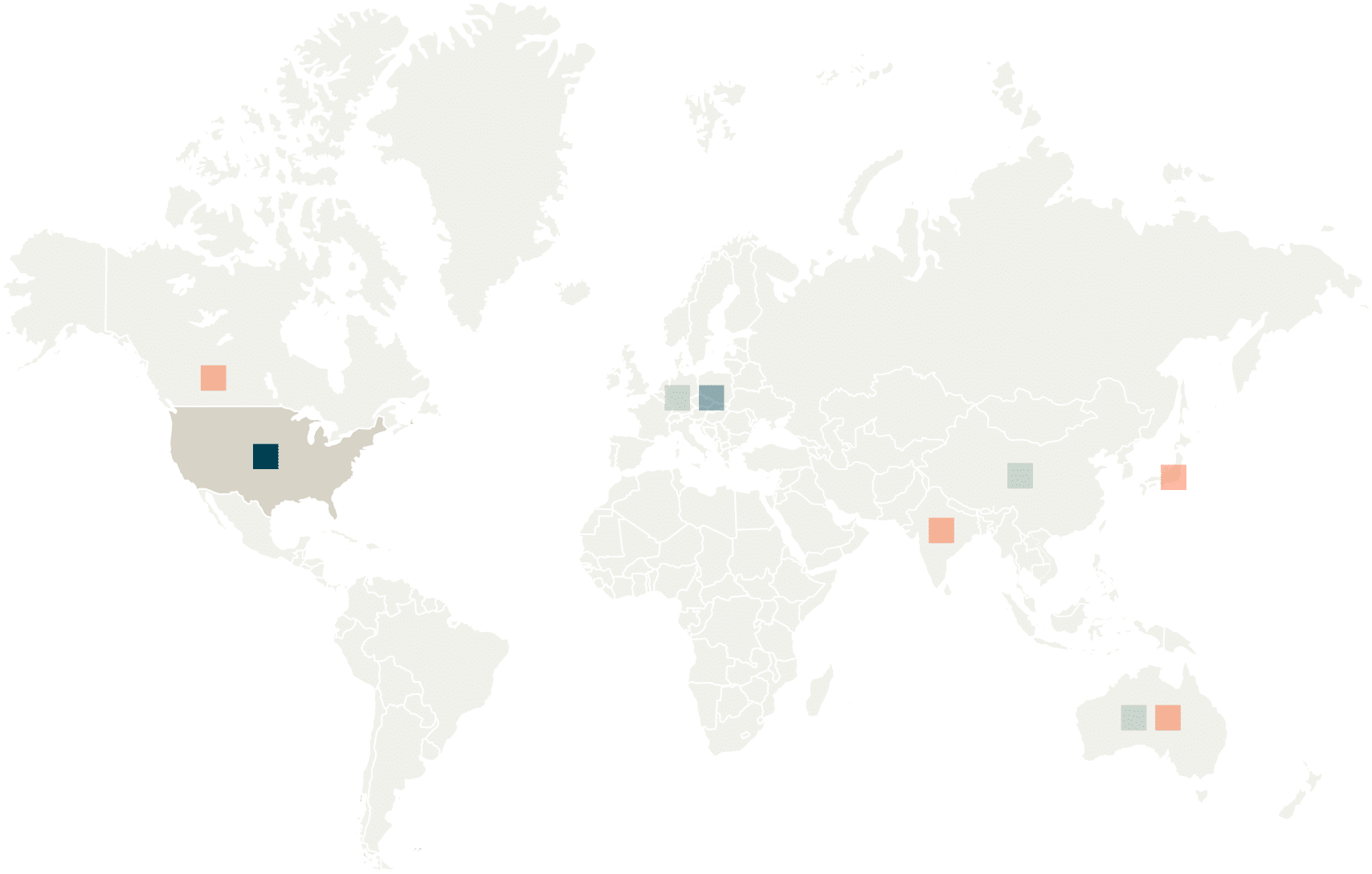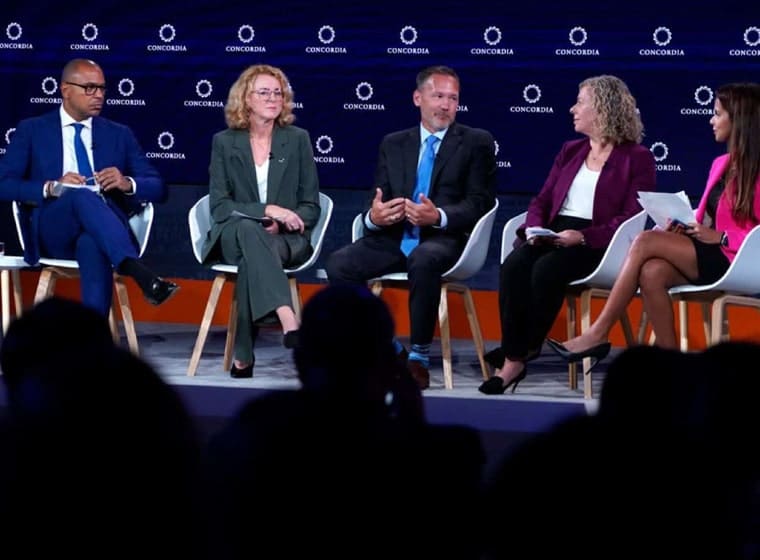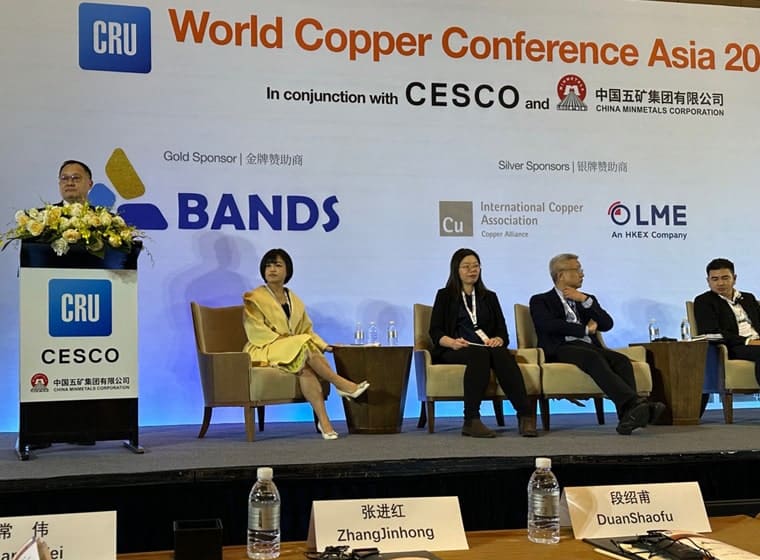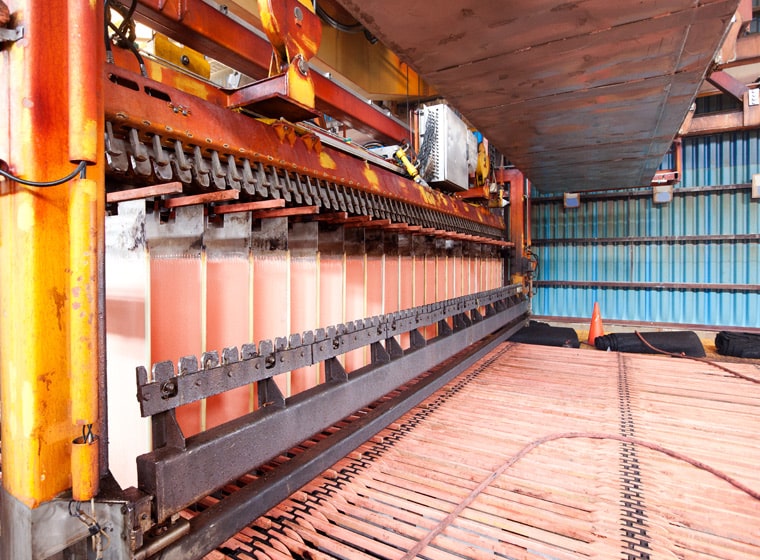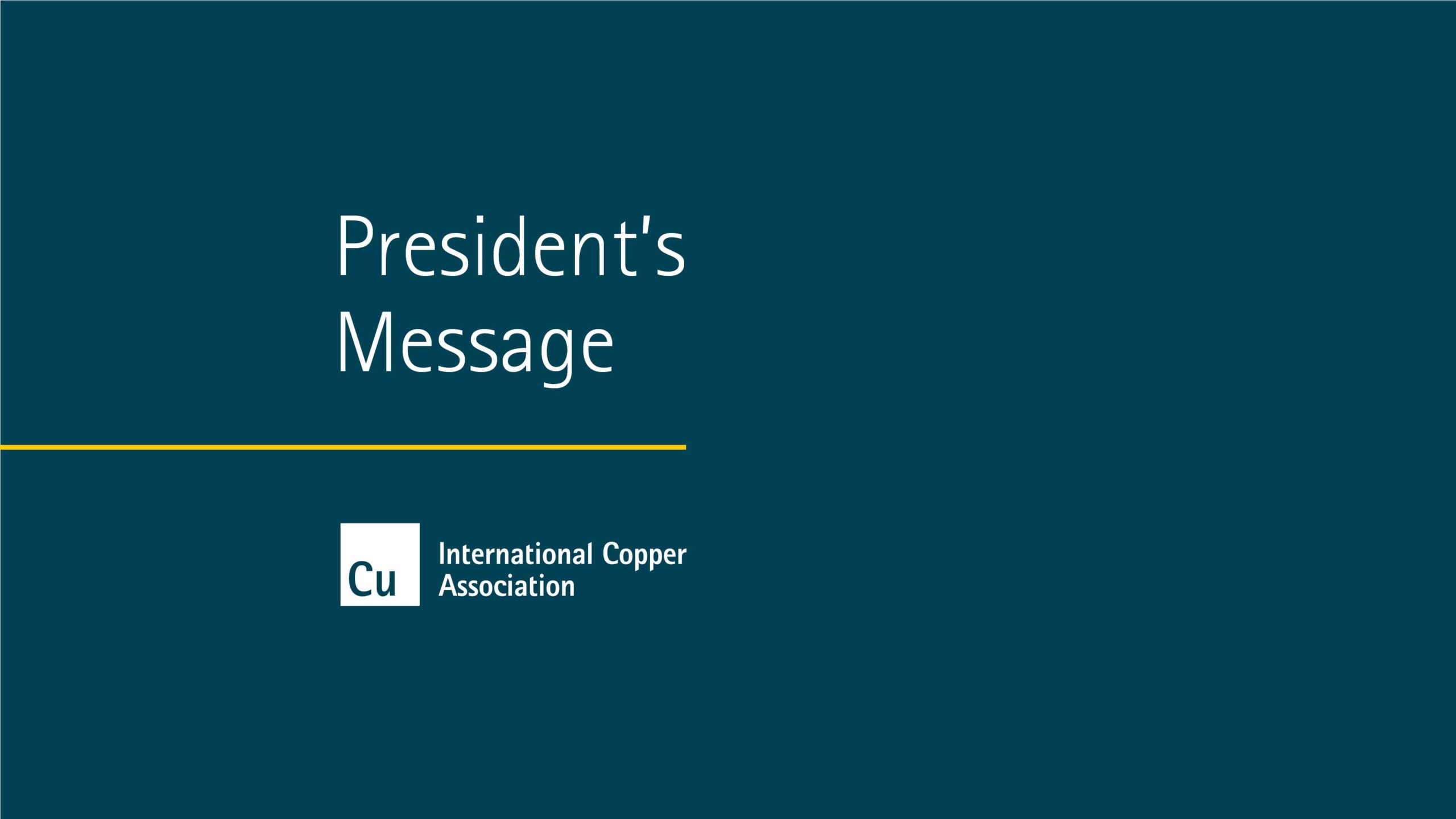
Former International Copper Association (ICA) President Anthony “Tony” Lea reflects on the organization‘s major developments in 2023, including the launch of Copper-The Pathway to Net Zero and ICA‘s expanding work in India.
25 YEARS
of service
Thank You, Tony Lea
Tony Lea retired after 9 years as ICA's president and 25 years with the organization. During his tenure, he oversaw the development of some of ICA's most notable achievements, including the development and launch of The Copper Mark® and the industry's decarbonization roadmap, Copper-The Pathway to Net Zero. Behind the scenes, Tony worked tirelessly to serve the needs of the Board and members while supporting ICA’s expert staff. ICA’s membership and staff are grateful for his years of service and strategic leadership.

TONY LEA
ICA President
(2015-2023)
ICA Membership

ICA welcomes Newmont to the International Copper Association
Newmont Corporation, headquartered in Denver, Colorado, is one of the world's leading producers of copper and gold, with 10 operations spanning 4 continents. Newmont has more than 100 years of history and is committed to creating value and improving lives through sustainable and responsible mining.
ICA chaired, moderated or spoke at 176 events in 2023
Read the event reports:
- COP28: What does COP28 Mean for the Copper Industry?
- FT Mining Summit: The Role of Mining in the Circular Economy
- Climate Week NYC: Key Themes for Critical Minerals
- Concordia Annual Summit 2023: Building Blocks of Decarbonization
- CRU World Copper Conference: Exploring Substitution and Miniaturization Trends in Copper Demand
ICA Activities:
By the Numbers
ICA PUBLISHED:
Critical Minerals
The concept of critical minerals has grabbed global attention, but the meaning of “critical mineral” differs from government to government. Whether classified as a critical mineral, critical material or strategic material, each country or region maintains its own list based on supply and demand dynamics and requirements for national security, trade and technology. These lists change over time based on a country’s perceived future needs.

Critical MineralCritical materialStrategic Material / Strategic Raw Material
Australia maintains two lists of minerals they see as important for modern technologies, economy and national security: a critical minerals and strategic materials list. The country added copper to its Strategic Mineral list in 2023, which means copper was deemed important to the global transition to net zero, had geological presence in Australia and was in demand from international partners but did not meet the more stringent supply criteria for the country’s critical minerals list.
Canada’s definition of a critical mineral centers on the mineral’s necessity to Canada’s economic growth. Critical minerals must have a limited and/or concentrated supply in a few countries and have importance to energy and national security. Canada produces over 60 minerals domestically, including copper, which remains on the country’s critical minerals list.
India announced its first-ever critical minerals list in 2023, consisting of 30 minerals deemed vital to the country’s economy. Ensuring a reliable value chain for these minerals is a priority. This list includes copper.
China’s central government is still developing its policy on critical and/or strategic minerals. Ten provincial governments have drafted mineral resource plans for 2021 – 25.
In November 2023, the EU reached a provisional agreement on a European critical raw materials act. Critical raw materials (CRMs) are raw materials of high economic importance for the EU, with a high risk of supply disruption due to their concentration of sources and lack of good, affordable substitutes. Copper is currently categorized as both a critical and strategic material.
Japan has over 30 minerals on its Critical Mineral list and is working on strengthening the resilience of its supply chains through agreements with core trading partners, such as the U.S. Japan is the largest consumer of rare earth elements, outside of China.
The United States Geographical Survey uses “data-driven, scientific investigations” to determine its Critical Minerals list, which as of December 2023 did not include copper. However, the U.S. Department of Energy released its own Critical Materials list based on an assessment of materials it views as critical or near critical to the energy sector through 2035. Copper appears on this list.










